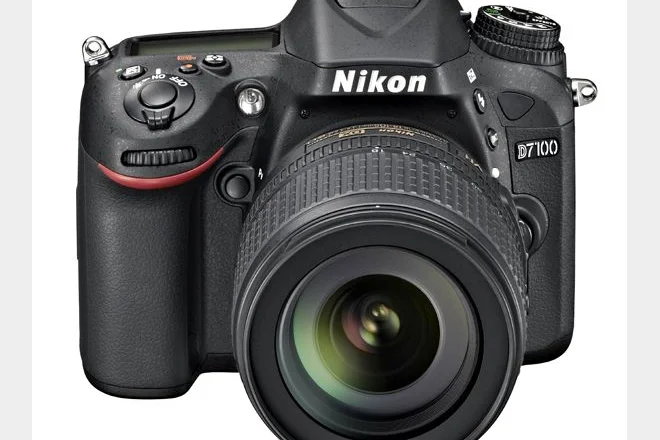Nikon D7100 camera
| OUR VERDICT: I was so impressed with the D7100 that I’ve already ordered one as my back-up camera. |
Camera boundaries are seemingly forever being pushed, as ever-better models appear on the market. I’ve tried many Nikons over the years, and have become firmly in favour of the full-frame (FX) models over the 1.5x crop versions (DX). Although the extra power of the DXs can be very useful for more distant birds, the image quality on the FX bodies always seems better to my eyes. The new flagship DX model, the D7100, arrived for review a few weeks into the spring, and as it was a 24.1 MP camera maybe this would be the one to change my mind.
The camera has an EXPEED 3 image processor (as in the top-of-the-range D4), as well as six frames per second (fps) shooting speed, full HD1080 video recording, an ISO range from 100-6,400 (extendable up to 25,600 if needed), 51 auto focus (AF) points, a 3.2 inch viewing screen, dual SD card slots, and a further 1.3x crop mode, which when used increases the six fps to seven as the file size is smaller. As usual it all sounded great, so it was time to put it to the test.
I didn’t travel far to take my first images. A pair of Blackbirds with a nest in the ivy surrounding my tiny backyard gave me a good opportunity to test the camera in poor light and bad weather. Immediately putting the high ISO to the test, I shot a few frames at 2,500 just to see what they were like. I was pleasantly surprised – the images were very good, not too noisy and with plenty of detail.
Another day, bright and early in the morning, I headed to a local park, where a pair of Great Crested Grebes had been showing well. I tried hand-holding my 500 mm lens to take shots, but with the extra magnification that the1.5x crop factor gives (effectively turning the lens into a 750 mm, with equivalent camera shake), I always find this more difficult than with a full-frame camera so started using a tripod for better results.
The grebes were good, and so was the camera, with accurate auto white balance, excellent colours and sharpness and that nice big viewing screen to check the images. RAW files are around 26 MB in size depending on detail ,with converted JPEGS about 10 MB, both big files with plenty of detail.
The dual SD card slot is very handy, allowing you to concentrate on taking photos rather than worrying about the memory being filled. With the very large file sizes, a small card will fill up quickly, so it’s probably best to use two 16 GB ones if shooting in RAW.
I was impressed with the D7100. There have been a number of improvements compared to the D7000, including a button lock on the setting dial on the top-left-hand side of the camera, which on the previous model could change if unwittingly knocked.
I still love the full-frame models, but the D7100 is already ordered as my back-up camera and it will be one that I won’t be worried about using.
Click here for a gallery of images taken with this camera.
Tech spec |
| • RRP: £1,299.99 (body only) • Weight: 690 g • 24.1 MP DX format CMOS sensor • 1.3x crop function • Full HD 1080 movie • 3.2" LCD monitor • Dual SD memory card slots |


